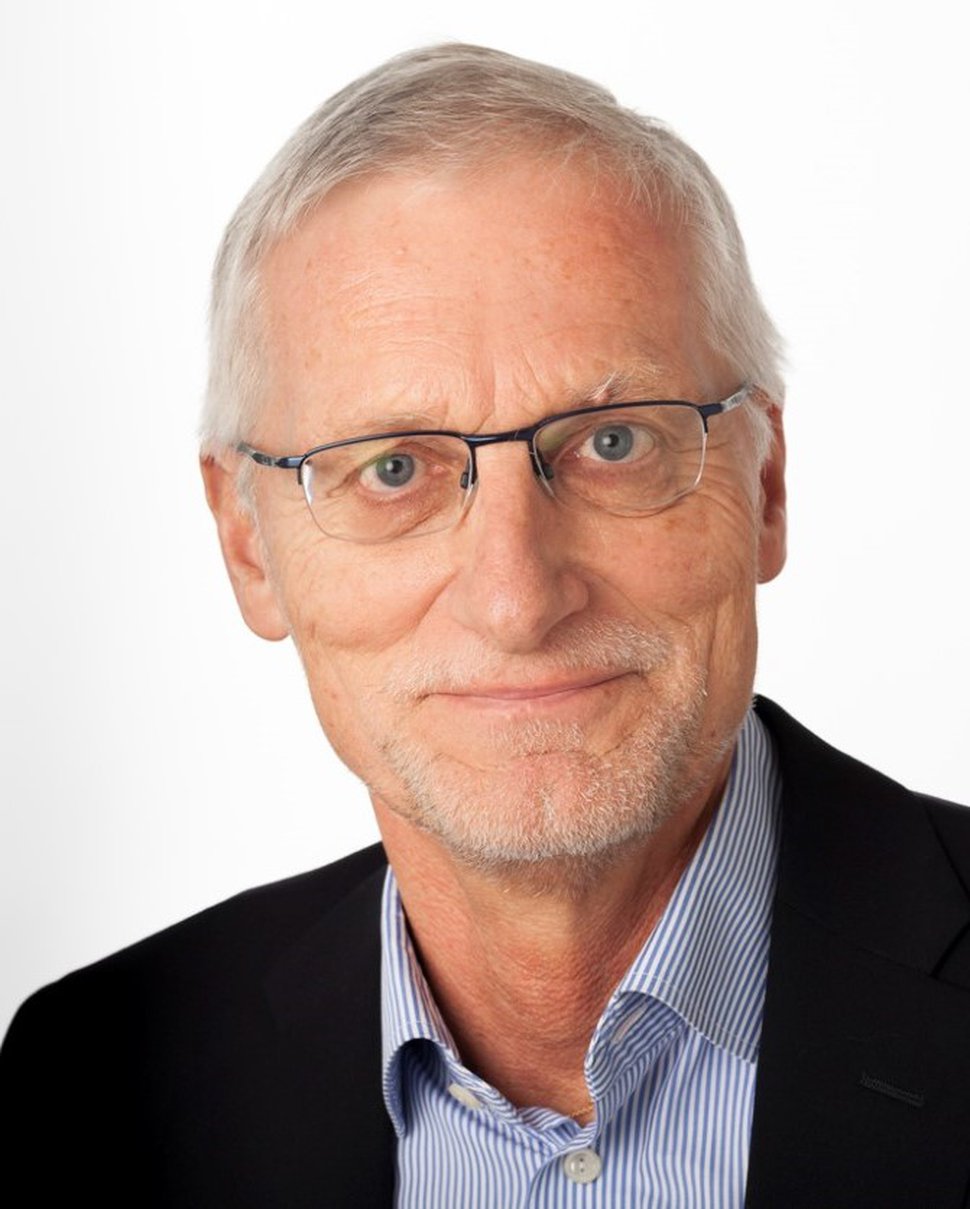How we measure aid – and who decides?

Jon Lomøy is a former Director of the OECD Development Cooperation Department (DCD) and former Director General of Norad (Photo: Sandra Aslaksen)
When we started the ODA reform process a decade ago - I was at the OECD at that time – this was one of several areas identified as needing reform. Others were the treatment of loans and in-donor costs, the borderline between aid and peace and security, and, perhaps most importantly, the need for a new measure of development finance beyond ODA.
This reform process happened in the context of debates leading up to the conference on Financing for Development in Addis Ababa in 2015. It reflected a broadening of the development finance discourse and a shifting of the development finance landscape.
A couple of years into the reform process, it became clear to me that in order to succeed, we also needed to address deeper governance issues. The DAC, the Development Assistance Committee of the OECD, is the custodian of the ODA measure. As such, when the definition of ODA is discussed, only donors are present. Changing this definition involves complex technical and political decisions and it is important who is at the table, who has a voice in the discussion, and a who has a vote. I wrote a note to then DAC Chair Erik Solheim proposing that we initiate a process of expanding participation in our discussions of development finance and ODA to include both emerging donors and aid recipients. He agreed, but DAC members were not prepared for that discussion in 2015.
The background for the proposal was the experience of the two overlapping discussions I saw in the DAC. One was a principled discussion of how best to measure development finance; the other was a pressure to find ways in which ODA levels could be increased with minimum costs to donor budgets. Receiving ODA credit for loans that had little or no subsidy element, for costs of refugees in donor countries, or for profitable investments in developing countries all seemed like “cheap” ways of increasing ODA.
While donors have the right to propose ways of measuring ODA that are to their advantage, the process of arriving at decisions that have legitimacy internationally needs to take into account the perspectives of developing countries. My point was (and remains) that to reach good decisions, we need to bring developing country voices into the conversation.
Interestingly, another important part of the development finance discourse was domestic resource mobilization and taxation. The OECD took a leadership role in the process of modernizing the international tax system, known as the BEPS process. Here, the OECD, through its Committee of Fiscal Affairs, a sister committee of the DAC, realized after some initial resistance that a legitimate international tax reform required much broader participation. In this area, the OECD showed its capacity for institutional innovation, and established what is today known as the Inclusive Framework on BEPS, currently with 145 members.
It remains a paradox that the fairly inward-looking tax administrations were so much more outward and forward-looking than the aid administrations. Is it soon time for the DAC to open up and establish a governance for aid that reflects the world of 2024, rather than the world of 1960?
______________________________________________
Jon Lomøy is a former Director of the OECD Development Cooperation Department (DCD) and former Director General of Norad.
